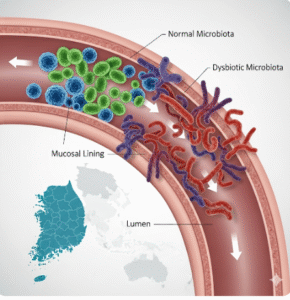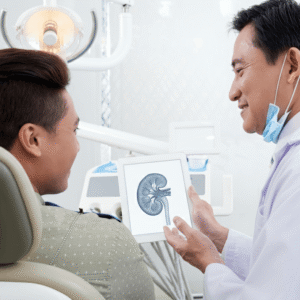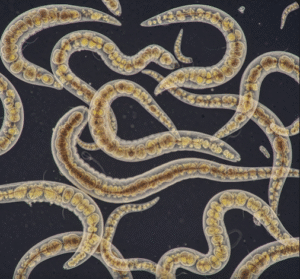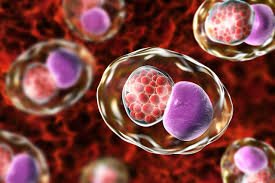Overview
Nociceptive pain is a type of pain that arises from tissue injury or inflammation, activating specialized sensory nerves called nociceptors. It is the body’s natural warning system, signaling actual or potential damage to tissues such as skin, muscles, joints, or internal organs.
In Korea, nociceptive pain is widely recognized in both acute and chronic medical care, with treatments ranging from medications, physical therapy, to advanced interventions aimed at addressing the underlying cause rather than merely masking the pain.
Key Facts
➤ Nociceptive pain is stimulus-driven and occurs due to mechanical, chemical, or thermal tissue damage.
➤ It is typically described as sharp, aching, throbbing, or pressure-like.
➤ Unlike neuropathic pain, nociceptive pain arises from tissue injury, not nerve damage.
➤ Can be acute (short-term) or chronic (persistent) depending on the underlying condition.
➤ In Korea, comprehensive pain clinics offer multidisciplinary management.
What is Nociceptive Pain?
Nociceptive pain occurs when nociceptors in the body detect harmful stimuli and transmit signals via the spinal cord to the brain, where they are perceived as pain.
➔ It can be divided into two main types:
- Somatic pain – originating from skin, muscles, bones, or joints; usually well-localized.
- Visceral pain – originating from internal organs; often diffuse, deep, and difficult to localize.
This pain acts as a protective mechanism, prompting rest or avoidance of further injury.
Symptoms Related to Nociceptive Pain
➤ Sharp, stabbing, or throbbing pain at the site of tissue damage.
➤ Aching or pressure-like discomfort in muscles or joints.
➤ Tenderness or swelling in the affected area.
➤ Pain aggravated by movement or touch in somatic pain.
➤ Deep, poorly localized pain in internal organs (visceral pain).
➤ Sometimes accompanied by muscle spasms or limited mobility.
Causes / Possible Causes
Nociceptive pain is caused by activation of nociceptors due to tissue injury or inflammation:
Acute Causes
➤ Trauma – fractures, cuts, burns, or surgical wounds.
➤ Inflammation – infections, sprains, or strains.
➤ Mechanical stress – repetitive motion injuries, overuse, or tension.
Chronic Causes
➤ Osteoarthritis – joint degeneration causing persistent pain.
➤ Rheumatoid arthritis – inflammatory joint disease.
➤ Chronic musculoskeletal disorders – such as tendonitis or fibromyalgia.
➤ Post-surgical or post-traumatic pain persisting beyond expected healing.
Other Contributing Factors
➤ Poor posture or ergonomic strain.
➤ Underlying systemic conditions like cancer causing tissue invasion.
➤ Inflammatory conditions affecting muscles, bones, or internal organs.
Risk Factors
➤ History of trauma or surgery.
➤ Repetitive strain or occupational hazards.
➤ Chronic conditions like arthritis, cancer, or chronic inflammation.
➤ Aging, leading to degenerative changes in tissues.
➤ Sedentary lifestyle or poor physical conditioning, which can exacerbate musculoskeletal pain.
Complications
Untreated or poorly managed nociceptive pain can lead to:
➤ Chronic pain syndrome, reducing quality of life.
➤ Muscle weakness or atrophy due to disuse.
➤ Limited mobility and impaired daily activities.
➤ Emotional issues, including anxiety, depression, and sleep disturbances.
➤ Secondary complications if underlying injury or disease progresses.
When Should I See My Doctor?
Seek medical evaluation if:
➤ Pain persists beyond expected healing time.
➤ It is severe, worsening, or accompanied by swelling, redness, or deformity.
➤ There is loss of function, numbness, or weakness in the affected area.
➤ Pain interferes with sleep, work, or daily activities.
➤ You suspect internal organ involvement (e.g., abdominal or chest pain).
Care and Treatment
Lifestyle and Home Measures
➤ Rest and activity modification to prevent further tissue damage.
➤ Ice or heat therapy depending on acute or chronic phase.
➤ Gentle stretching and mobility exercises.
➤ Ergonomic adjustments at work or home to reduce strain.
➤ Anti-inflammatory diet and hydration to support tissue healing.
Medical Treatments
➤ Analgesics – acetaminophen or NSAIDs for pain relief.
➤ Topical treatments – creams or gels for localized pain.
➤ Physical therapy and rehabilitation to restore function.
➤ Interventional procedures – injections or nerve blocks for severe cases.
➤ Treatment of underlying cause, e.g., infection, arthritis, or trauma.
Preventive Measures
➤ Maintain good posture and body mechanics.
➤ Regular exercise to strengthen muscles and support joints.
➤ Early medical evaluation for injuries.
➤ Use of protective equipment during high-risk activities.
Treatment Options in Korea
Korean healthcare provides multidisciplinary approaches to nociceptive pain management:
Diagnostic Services
➤ Physical examination and pain assessment scales.
➤ Imaging studies – X-ray, MRI, or CT to assess tissue damage.
➤ Laboratory tests if inflammation or infection is suspected.
➤ Functional evaluation for chronic musculoskeletal conditions.
Therapies and Supportive Care
➤ Prescription analgesics and anti-inflammatory medications.
➤ Physiotherapy, occupational therapy, and rehabilitation programs.
➤ Minimally invasive interventions, such as nerve blocks or joint injections.
➤ Education on ergonomics, posture, and lifestyle modifications.
➤ Integrated care through orthopedics, pain clinics, and rehabilitation centers.
✅ In summary: Nociceptive pain is pain caused by tissue injury or inflammation, acting as the body’s protective signal. Effective management in Korea involves accurate diagnosis, addressing the underlying cause, symptom relief, and rehabilitation, helping patients restore function and improve quality of life.













